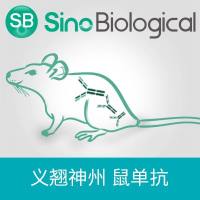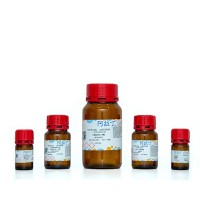Cell-Adhesion Assays: Fabrication of an E-Cadherin Substratum and Isolation of Lateral and Basal Membrane Patches
互联网
互联网
相关产品推荐

JAM-A/Junctional Adhesion Molecule A 鼠单抗(Anti-Human)
¥900

Hemagglutinin/HA重组蛋白|Recombinant H1N1 (A/California/04/2009) HA-specific B cell probe (His Tag)
¥2570

mRNA纯化试剂盒|高效、灵敏、高性价比| mRNA Isolation Master Kit
¥2600

柠檬酸盐浓缩液,68-04-2,BioReagent, 4 % (w/v), suitable for coagulation assays,阿拉丁
¥237.90

ITGB7/ITGB7蛋白Recombinant Human Integrin beta-7 (ITGB7)重组蛋白Integrin alpha-4/beta-7 (Peyer patches-specific homing receptor LPAM-1) is an adhesion molecule that mediates lymphocyte migration and homing to gut-associated lymphoid tissue (GALT).蛋白
¥1836
相关问答

